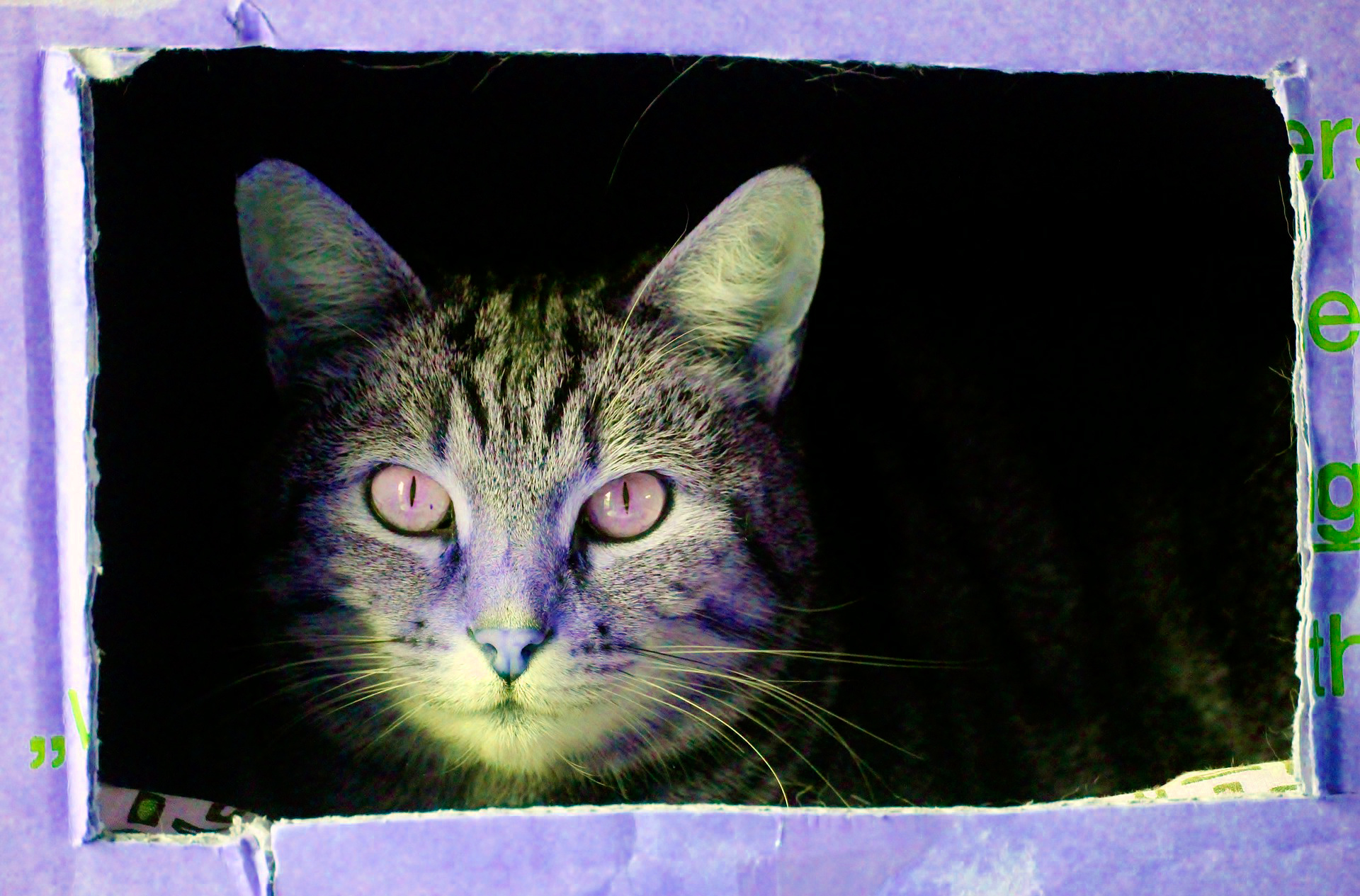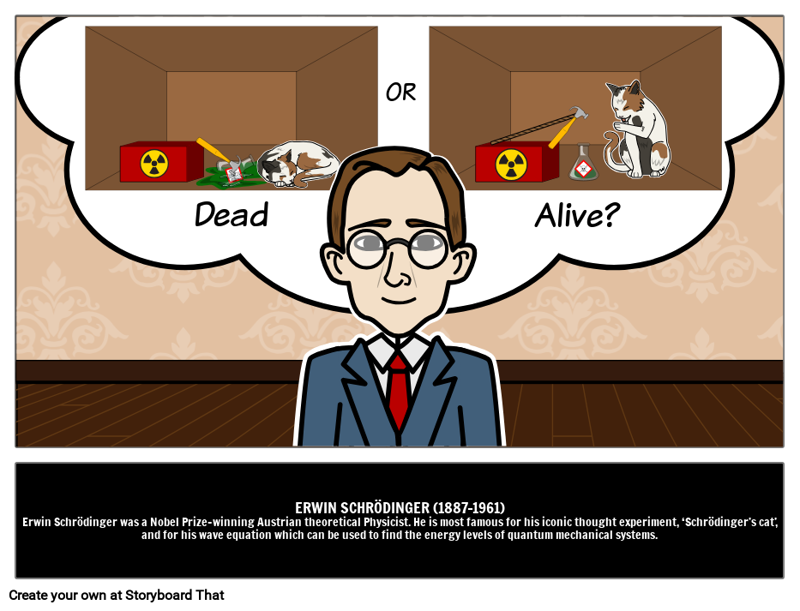

His papers at that time dealt with specific heats of solids, with problems of thermodynamics (he was greatly interested in Boltzmann’s probability theory) and of atomic spectra in addition, he indulged in physiological studies of colour (as a result of his contacts with Kohlrausch and Exner, and of Helmholtz’s lectures). It was also his most fruitful period, being actively engaged in a variety of subjects of theoretical physics. In later years Schrödinger looked back to his Zurich period with great pleasure – it was here that he enjoyed so much the contact and friendship of many of his colleagues, among whom were Hermann Weyl and Peter Debye. In 1920 he took up an academic position as assistant to Max Wien, followed by positions at Stuttgart (extraordinary professor), Breslau (ordinary professor), and at the University of Zurich (replacing von Laue) where he settled for six years. During the First World War he served as an artillery officer. Kohlrausch, conducted practical work for students (without himself, as he said, learning what experimenting was). Hereafter, as assistant to Franz Exner, he, together with his friend K. It was in these years that Schrödinger acquired a mastery of eigenvalue problems in the physics of continuous media, thus laying the foundation for his future great work.

(What he abhorred was memorizing of data and learning from books.)įrom 1906 to 1910 he was a student at the University of Vienna, during which time he came under the strong influence of Fritz Hasenöhrl, who was Boltzmann’s successor. Schrödinger’s wide interests dated from his school years at the Gymnasium, where he not only had a liking for the scientific disciplines, but also appreciated the severe logic of ancient grammar and the beauty of German poetry.
ERWIN SCHRÖDINGER EXPERIMENT SERIES
After this he took up botany, which resulted in a series of papers on plant phylogeny. After having finished his chemistry studies, he devoted himself for years to Italian painting. He was a highly gifted man with a broad education.


 0 kommentar(er)
0 kommentar(er)
